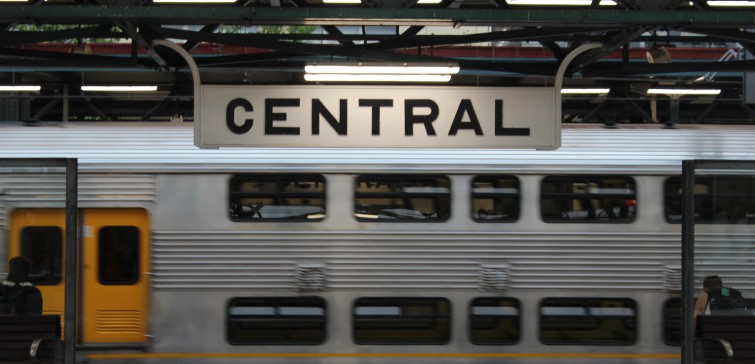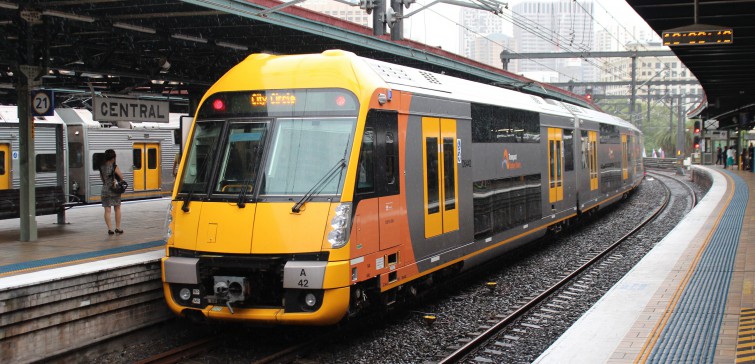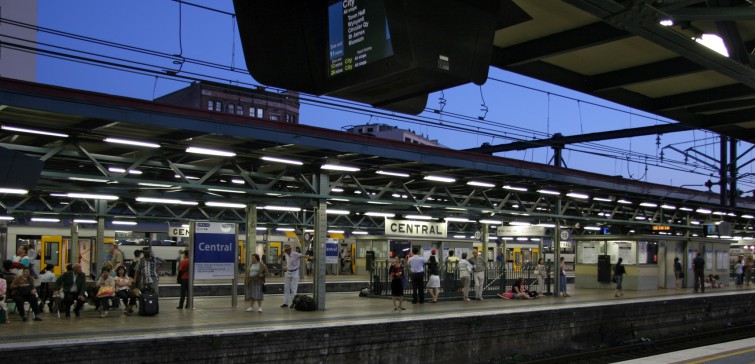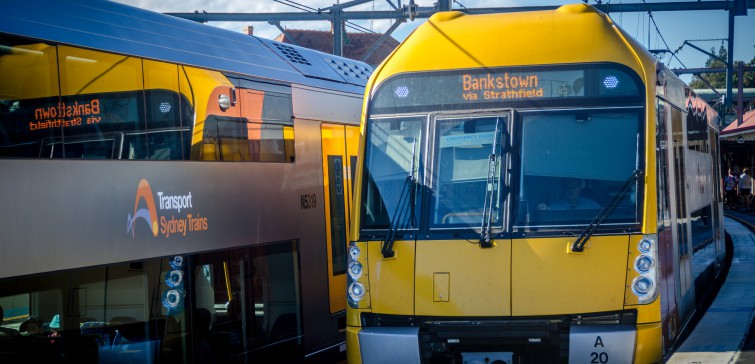Asset Condition and Analysis
Sydney Trains (ST) operates and maintains the Sydney metropolitan rail network. The introduction by TfNSW of a new resource planning system based on SAP will include a best practice asset management system that aligns with the international asset management standard ISO 55001.
To meet the requirements of the standard, and help reduce the cost of asset ownership, Sydney Trains has identified the need to capture asset criticality and condition information. The combination of condition and criticality into a maintenance planning model known as ACAA (Asset Condition and Analysis) is proposed to replace the current "steady state" approach to prioritising candidates for major periodic maintenance work and renewals as well as to tailor maintenance requirements.
Asset Condition and Analysis
Sydney Trains initially commissioned Network Rail Consulting to review the processes and methodologies incorporated into ACAA. The project was then expanded to provide enhanced justification for individual work items within the annual work plans through the development of risk based asset intervention strategies.
Asset Condition and Analysis
The key output from the initial commission was a report containing our findings and recommendations in respect of:
- the way ST collects and utilises asset condition data
- how criticality is assessed and assigned to assets
- how the ACAA index is calculated and applied.
The review resulted in Sydney Trains pausing the roll out of the ACAA to allow more time to develop the processes required to properly plan future work items. Our commission was extended to produce the following documents:
- a Systems Procedure (applicable to all assets systems) for developing risk based intervention strategies for major periodic maintenance (MPM);
- a Track Intervention Strategy for MPM based on the Systems Procedure; and
- an Operating Procedure for implementing the interventions determined by the Track Intervention Strategy.
The Track Intervention Strategy is concerned with identifying proactive controls (preventative maintenance and servicing), which can predict and prevent failure effects. The starting point for the strategy was an analysis of the failure modes and safety consequences associated with each cyclic track maintenance program and the setting of defect alert limits in line with UIC Code 714 principles.
Time-based interventions for each program were derived taking account of the defect alert limits, assumed asset deterioration and operational criticality.
Asset Condition and Analysis
Client: Sydney Trains
Location: Sydney, Australia
Start date: March 2015
End date: September 2015
Duration: 6 months
Services provided: Data capture and remote condition monitoring, asset management audit, asset management plan preparation, asset policy development











